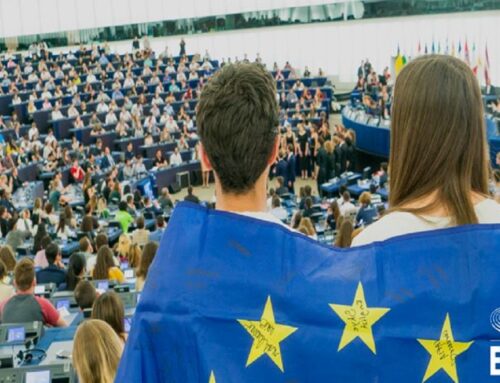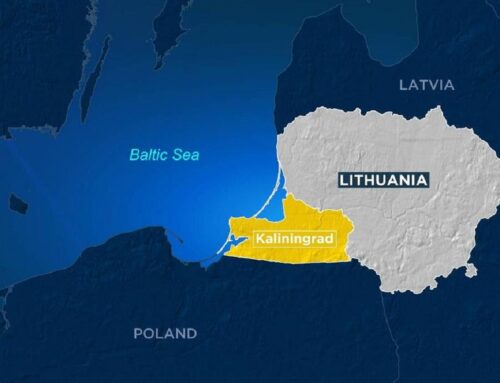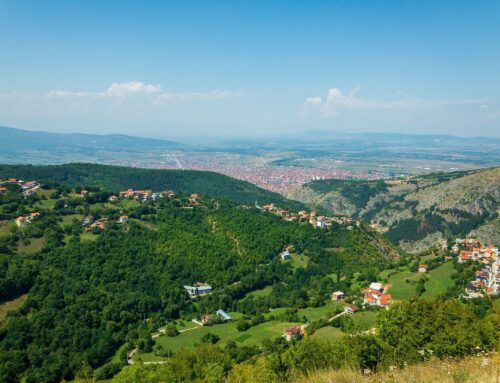Amira Elmofty
As the Western Balkans are part of the FOMOSO region, this article will discover the reinterpretation of monuments in the Wester-Balkans and the influence of this reinterpretation on the creation of a European identity. First, a brief history of Yugoslavia would be mentioned, as it is significant for discussing this topic, then the relevance of are to identity would be discussed.
The first kingdom of Yugoslavia was formed in the year 1918 and it included Serbs, Croats and Slovenes, while the foundational narrative between these nations was based on a common Slavic identity, unity was never established between these nations. This kingdom failed to maintain its presence during the Second World War from 1941-1945 (1).
In 1945, the Federal People’s republic of Yugoslavia was established, basing its narrative around brotherhood and unity as a way to group all nations of the Western Balkans together. During Tito’s rule of Yugoslavia from 1953 until 1980, the narrative of brotherhood and unity was emphasized through the building of sculptures, that emphasize a common Yugoslav identity. Art was built around social realism, emphasizing the benefits of socialism and building a narrative around a common enemy for all Yugoslavian nations, such as framing mass killings during the Second World War as common pain among the people of Yugoslavia (2).
During the collapse of communism 1989, Yugoslavia was facing a major economic and political crisis. During the 1990s, Yugoslavia faced civil wars, as well as secessions. After the breakup of Yugoslavia in the 1990s, the narrative of unity was destroyed as well as the narrative shaped by art, “unity and brotherhood” of the nations of Yugoslavia (3).
After the collapse of Yugoslavia and wars, sculptures that were once used to emphasize the common suffering of all the nations in Yugoslavia, rather became subject to nationalist reinterpretations and emphasized the nation suffering, rather than a common Yugoslavian suffering (4). Therefore, through this reinterpretation of sculpture a different narrative of a European identity was emphasized, which is a narrative of getting back to Europe and rather than emphasizing the pain with other Post-Yugoslav nations, emphasize on the similarity with Europe (5).
Sources:
(1) Tijana Vuković, “As a Wall Came Down…. New Boundaries, New Narratives (Yugoslavism and Yugoslav Artistic Space, Discontinuity and Fragmentation in the Core Narrative of the Cultural Institutions in Transition-Period Serbia),” Colloquia Humanistica, no. 7 (December 18, 2018): 114–34, https://doi.org/10.11649/ch.2018.007.
(2) Nenad Makuljević, “YU Historija… ::: Welcome … Culture and Religion,” accessed July 27, 2023, https://www.yuhistorija.com/culture_religion_txt01.html.
(3) DUŠAN VELIČKOVIĆ and DONALD NIEBYL, “Monuments and Memory,” accessed July 27, 2023, https://www.wilsonquarterly.com/quarterly/the-ends-of-history/monuments-and-memory.
(4) Myers.
(5) Christine Lavrence, “Between Monumental History and Experience: Remembering and Forgetting War in Belgrade,” Ethnologie Française 37, no. 3 (2007): 441–47.
Further readings:
Arielle Myers, “Performing Identity After Yugoslavia: Contemporary Art Beyond and Through the Ethno-National,” accessed July 27, 2023, https://www.academia.edu/31794592/Performing_Identity_After_Yugoslavia_Contemporary_Art_Beyond_and_Through_the_Ethno_National.




